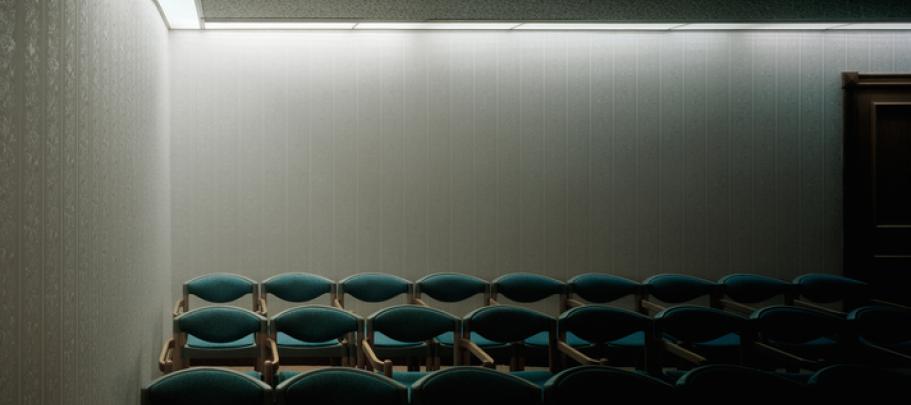
The town hall should have been a stunning success. The CEO was warm, funny and engaging. He spoke in a relaxed way—no PowerPoint!—focusing on a few topics employees cared about: company performance, key initiatives, the competition.
Yet when it came time for Q&A, an eerie stillness filled the room. Employees didn’t speak. They didn’t even move. And they certainly didn’t make eye contact with the CEO. Finally, the employee communicator stood up and asked a question that had been secretly written by the head of HR. That broke the ice a little bit and eventually a few more questions were asked, but the Q&A never really caught fire. In fact, the town hall meeting ended 30 minutes early.
What went wrong? Actually, a lot of things. For now, I’d like to focus on the simplest one: The way the room was arranged discouraged employee participation.
Those responsible for organizing this town hall asked the hotel to arrange the room in theater style: semicircular rows of chairs facing a stage.
Here’s the problem: A theater-style set up sends a signal to people that their role is to observe and listen. We think of concerts, plays, movies, sporting events—all experiences where we’re not participants, but audience members.
Theater-style seating is one of the two worst room arrangements for participation. The other terrible setup is classroom style, where employees sit facing the stage behind a desk-like table. Classroom-style seating reminds us of being third-graders: We’re there to absorb information, and all power is at the front of the room (where the leader/teacher stands).
So, back to our original town hall scenario. What advice did I give about changing the room arrangement? I suggested that the room be set up with round tables, with employees sitting in a semi-circle around one side of each table, facing the CEO.
Changing the chairs (and using a few other techniques to encourage participation) dramatically improved the dynamic of the session. Employees interacted with each other more before the CEO began speaking. More importantly, when it came time for the Q&A, they actually asked questions. Some even made comments.
The upshot? Next time you conduct a town hall, consider the chairs.




